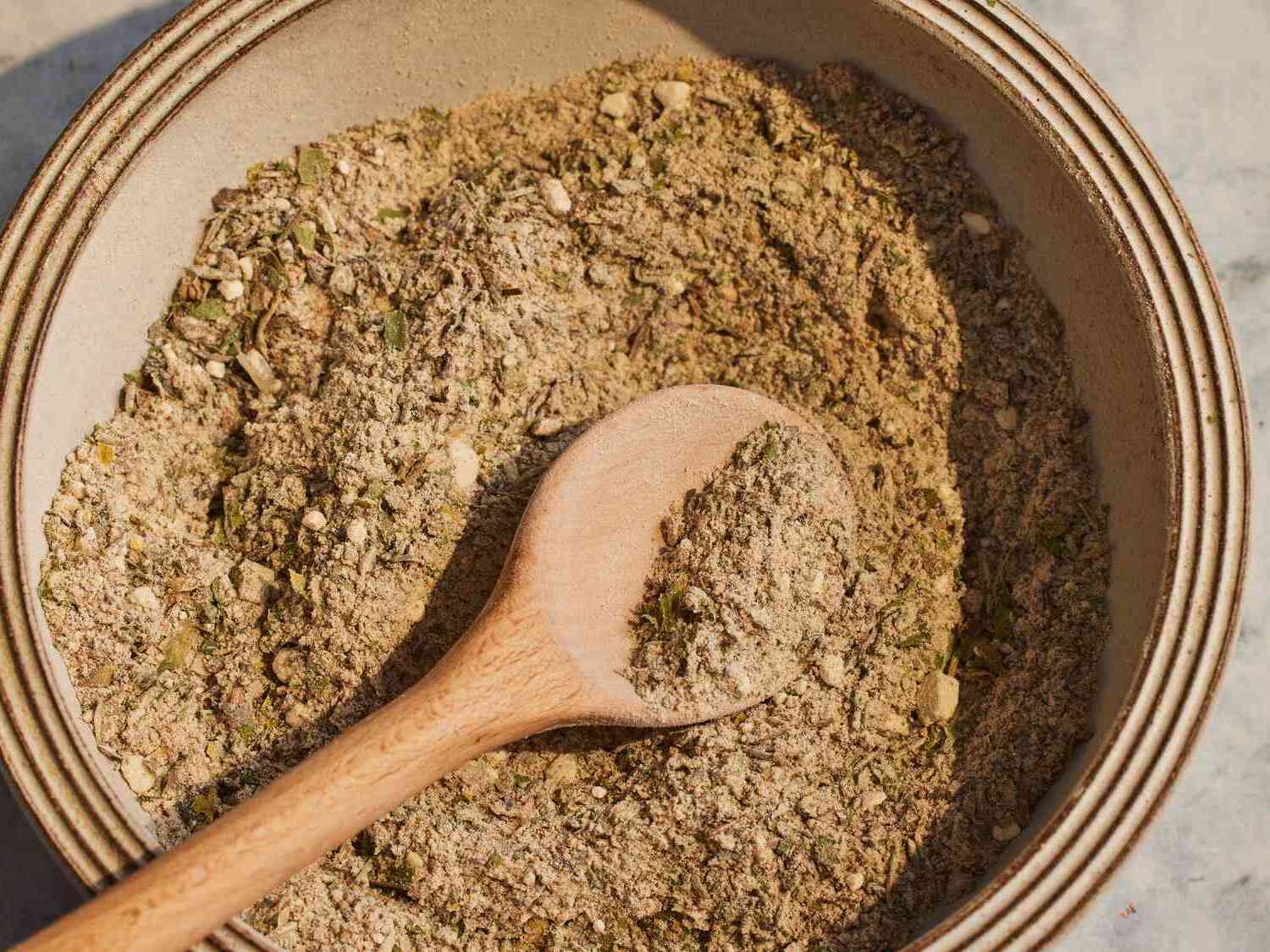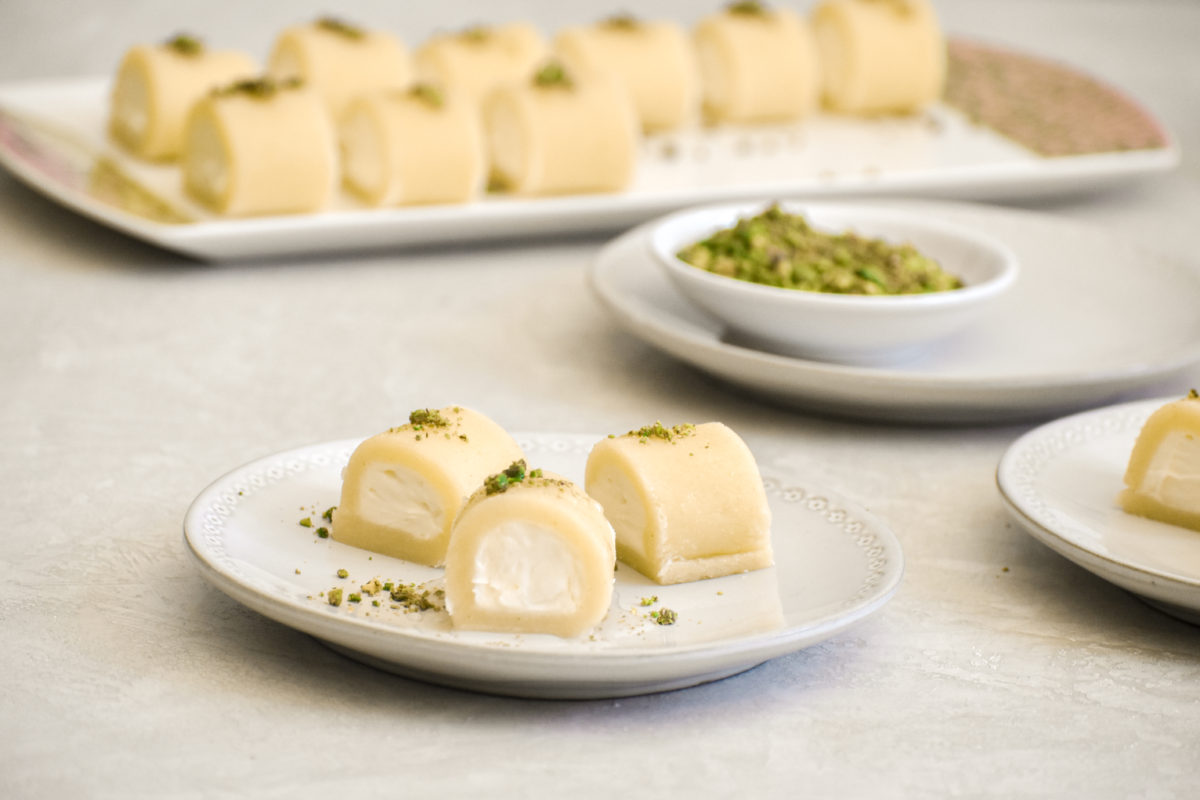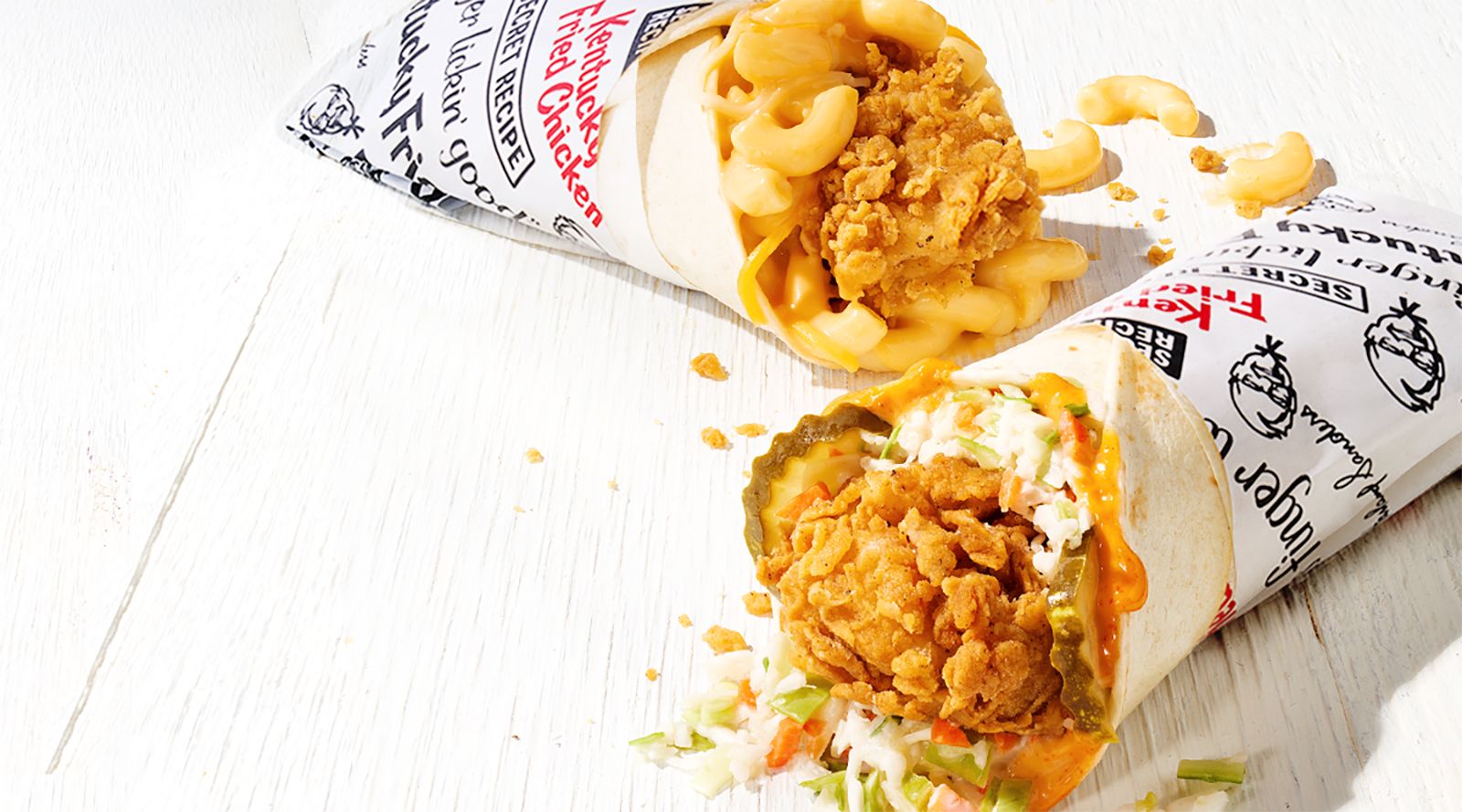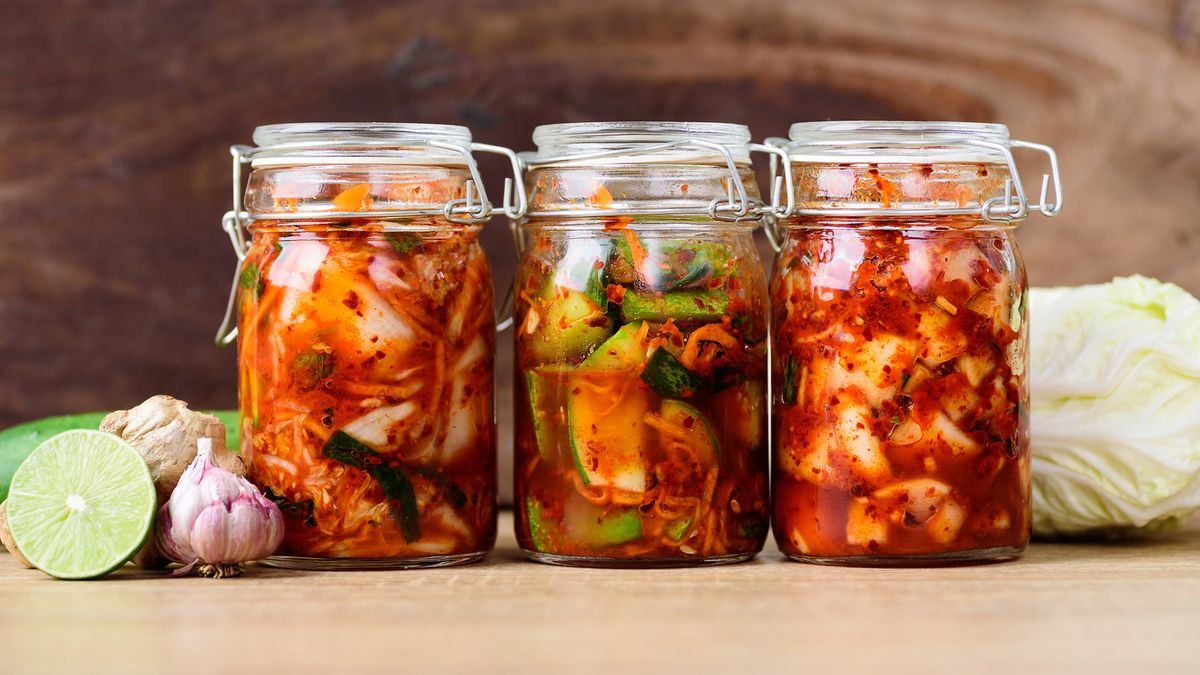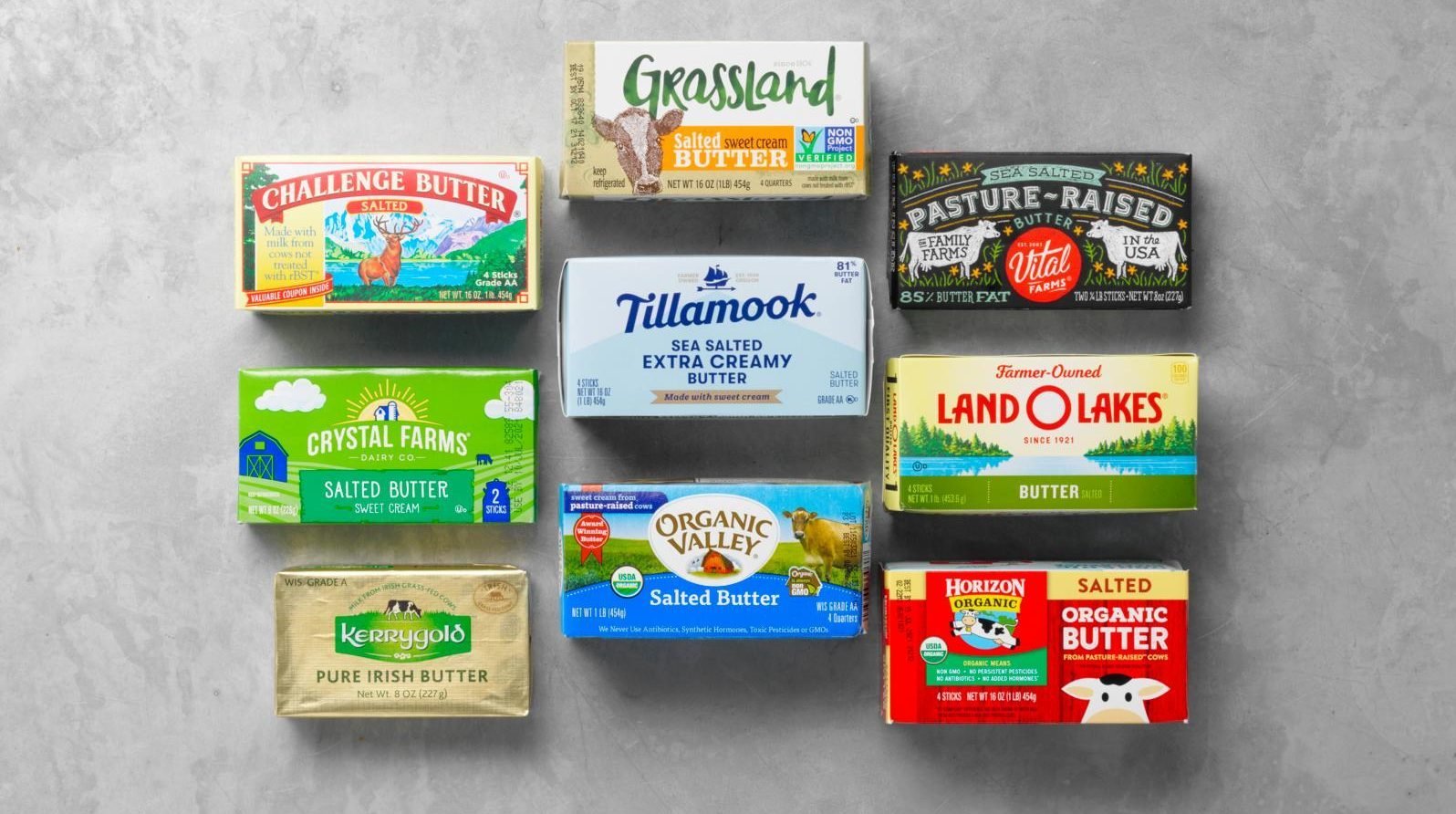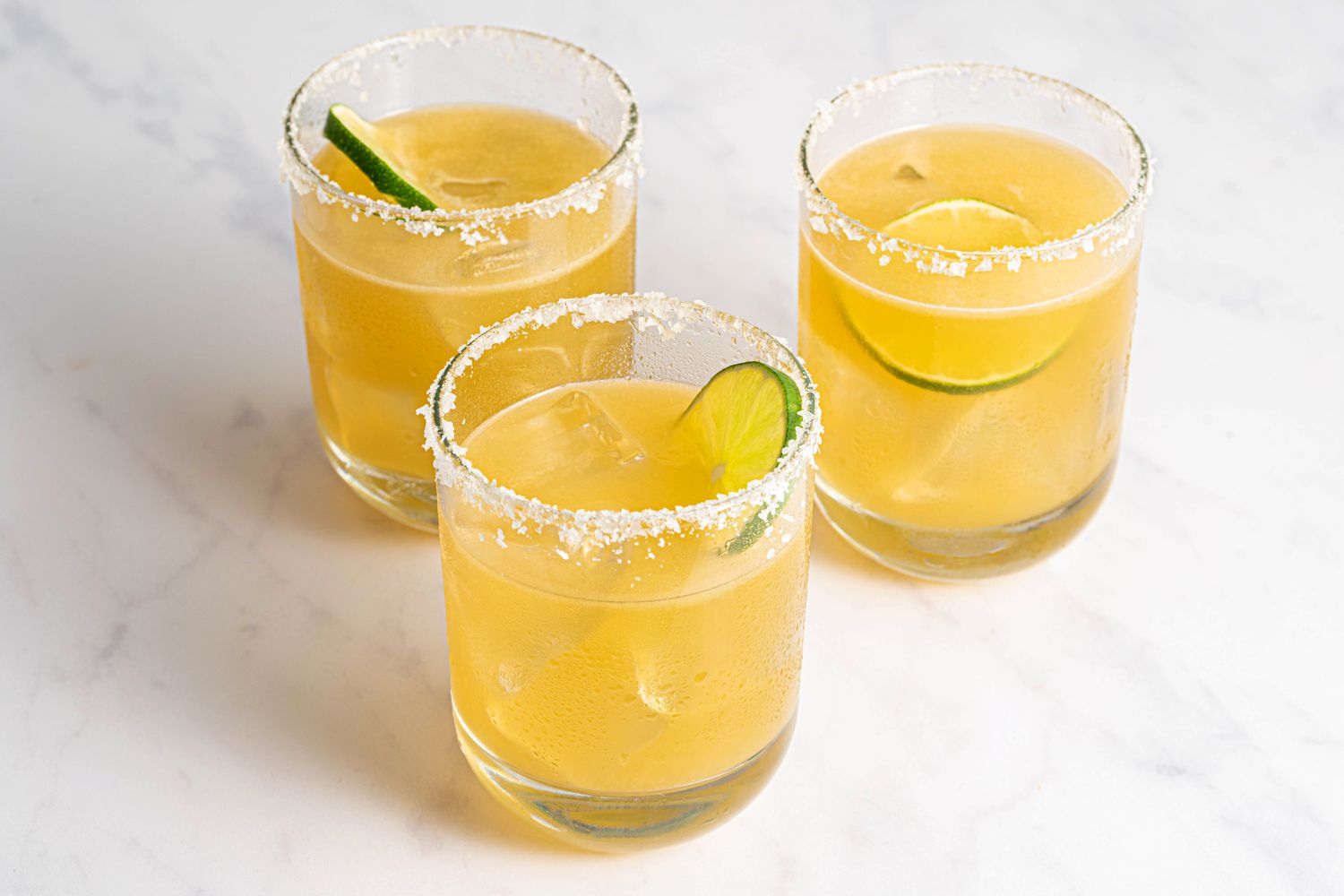The difference between Mexican vanilla and regular vanilla lies in their flavor profiles, production methods, and authenticity. While both types enhance culinary creations, Mexican vanilla offers a more complex and layered taste compared to the straightforward sweetness of regular vanilla.
Flavor Profile
Mexican Vanilla
- Rich and multidimensional, with woodsy and smoky undertones.
- Subtle notes of clove, cinnamon, and cocoa for added depth.
- The natural aroma is distinctive, reflecting traditional curing methods.
Regular Vanilla
- Typically derived from Bourbon or Tahitian varieties.
- A simpler, sweet flavor without the layered complexity of Mexican vanilla.
- Focuses on vanilla’s primary sweet and creamy characteristics.
The complexity of Mexican vanilla makes it particularly suited for recipes that benefit from nuanced flavors, such as desserts and beverages with bold profiles.
Production Methods
Mexican Vanilla
- Curing Process: Beans are wrapped in blankets and straw mats, then exposed to sun and aged for months. This traditional process enhances its robust taste.
- Types:
- Traditional Mexican Vanilla: Contains approximately 10% alcohol and less than 1% natural vanillin. Versatile for everyday culinary use.
- Pure Mexican Vanilla: Meets FDA standards with at least 35% alcohol, ideal for high-heat applications like baking.
Regular Vanilla
- Often cultivated in Madagascar, Indonesia, or Tahiti.
- Simpler curing processes focused on maximizing sweetness.
- Typically lacks the sun-aging techniques of Mexican vanilla.
The curing process of Mexican vanilla directly impacts its flavor intensity, making it a more artisanal product.
Regulatory Standards
Mexican Vanilla
- Authenticity is a concern due to imitation products containing synthetic vanillin or tonka bean extract.
- Authentic Mexican vanilla lists “vanilla beans” as the primary ingredient and avoids vague additives.
- Tonka beans, often used in counterfeit products, can contain coumarin, a compound banned in U.S. food products for its toxicity.
Regular Vanilla
- Strictly regulated for authenticity in countries like the U.S. and Europe.
- Generally free from the adulteration concerns prevalent in Mexican vanilla.
When purchasing Mexican vanilla, ensure it comes from reputable sources and avoids overly low-priced options, which may signal imitation.
Culinary Applications
Mexican Vanilla
- Best for recipes requiring bold, layered flavors such as:
- Traditional Mexican flan.
- Spiced baked goods like cinnamon rolls.
- Warm beverages like Mexican hot chocolate.
- Enhances recipes with naturally complex ingredients like coffee or dark chocolate.
Regular Vanilla
- Ideal for recipes prioritizing sweetness and simplicity:
- Classic vanilla ice cream.
- White cakes or sugar cookies.
- Custards with a creamy vanilla base.
Understanding the strengths of each type can guide usage, maximizing their impact in specific recipes.
Aroma and Visual Appeal
Mexican Vanilla
- Natural, earthy scent reflecting its organic origins.
- The beans are typically darker, with an oily sheen from sun curing.
Regular Vanilla
- Sweet and floral aroma, suited for a wide range of applications.
- Beans may appear lighter and drier compared to Mexican varieties.
The unique aroma of Mexican vanilla can elevate sensory experiences in cooking and baking.
Historical and Cultural Context
- Mexican vanilla has roots in ancient Mesoamerican culture, where it was first cultivated and used by the Totonac people.
- Regular vanilla gained popularity through French and European influence, spreading through colonial cultivation in Madagascar and other regions.
- The artisanal nature of Mexican vanilla reflects its historical significance, while regular vanilla’s widespread use highlights its global versatility.
Authenticity Verification
When buying vanilla:
- Mexican Vanilla: Look for reputable sellers that specify bean origins and production methods.
- Regular Vanilla: Opt for trusted brands that clearly differentiate between pure extract and imitation vanilla.
Checking product labels can ensure you receive authentic vanilla suited to your culinary needs.
Cost and Accessibility
- Mexican Vanilla: Typically more expensive due to labor-intensive production methods and potential import costs.
- Regular Vanilla: Widely available and offered at varying price points, with imitation products often being the cheapest.
Price differences often reflect the quality and authenticity of the vanilla being purchased.
Summary of Key Differences
| Aspect | Mexican Vanilla | Regular Vanilla |
|---|---|---|
| Flavor Profile | Complex, with smoky and woodsy notes | Sweet and straightforward |
| Curing Process | Traditional, sun-aged | Standardized methods |
| Alcohol Content | Varies; can reach 35% in pure varieties | Standardized for extract products |
| Authenticity Concerns | Risk of adulteration with tonka bean extract | Strictly regulated in many regions |
| Best Uses | Recipes with bold flavors | Versatile for general use |
Authentic Mexican vanilla and regular vanilla both offer unique advantages depending on the culinary context. Understanding these differences can enhance recipe outcomes, ensuring each dish reaches its fullest potential.
Was this page helpful?
Read Next: What Is The Difference Between Taco Seasoning And Chili Seasoning
Abby Marcelino
Abby is a writer, editor, and a fan of ASMR mukbang and cooking videos. Her family has been in the food industry for years and she has been working for their business as a part-time quality assurance officer and content creator. She is addicted to all things dairy and carbs, most especially cheese and bread.

